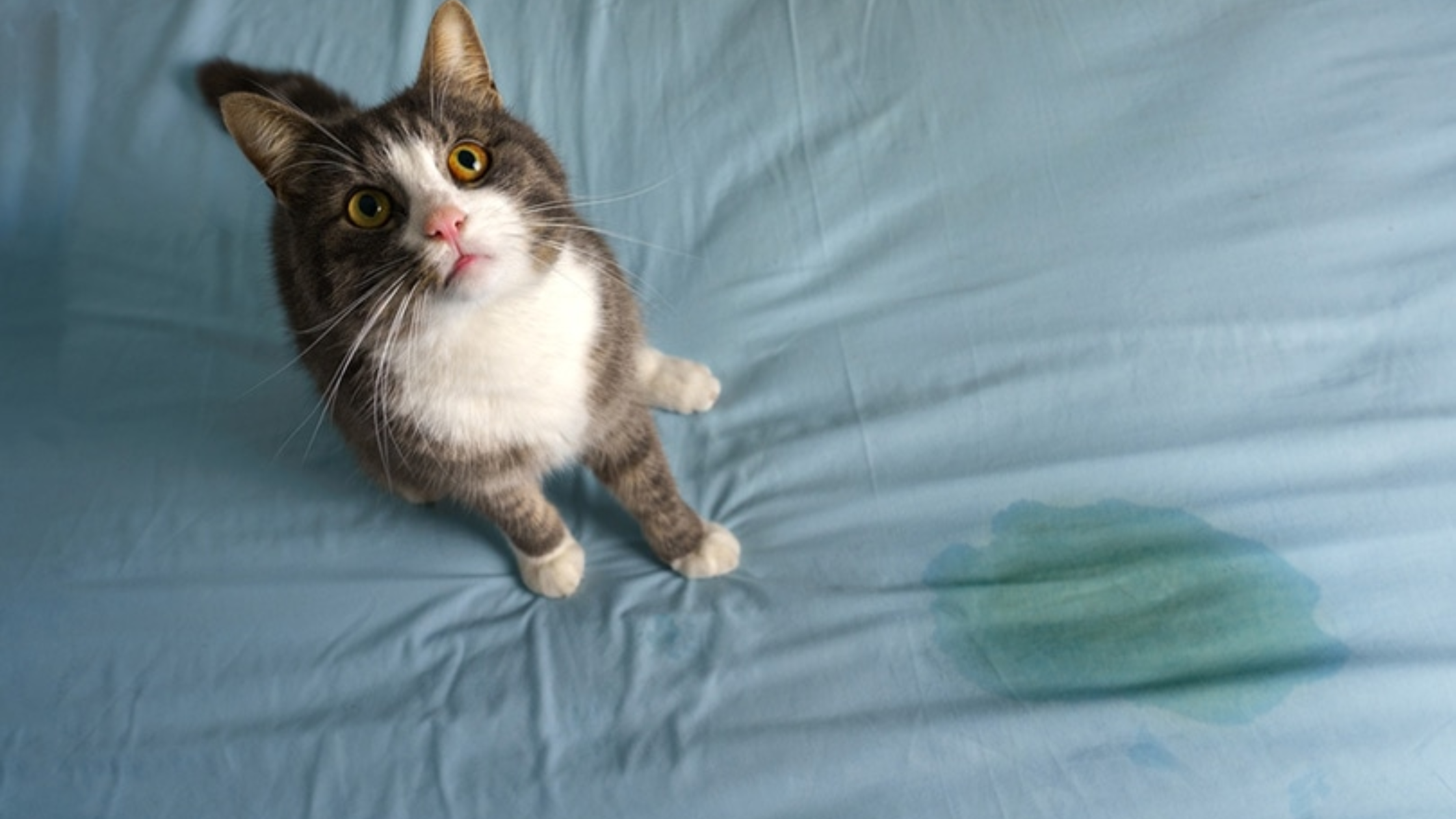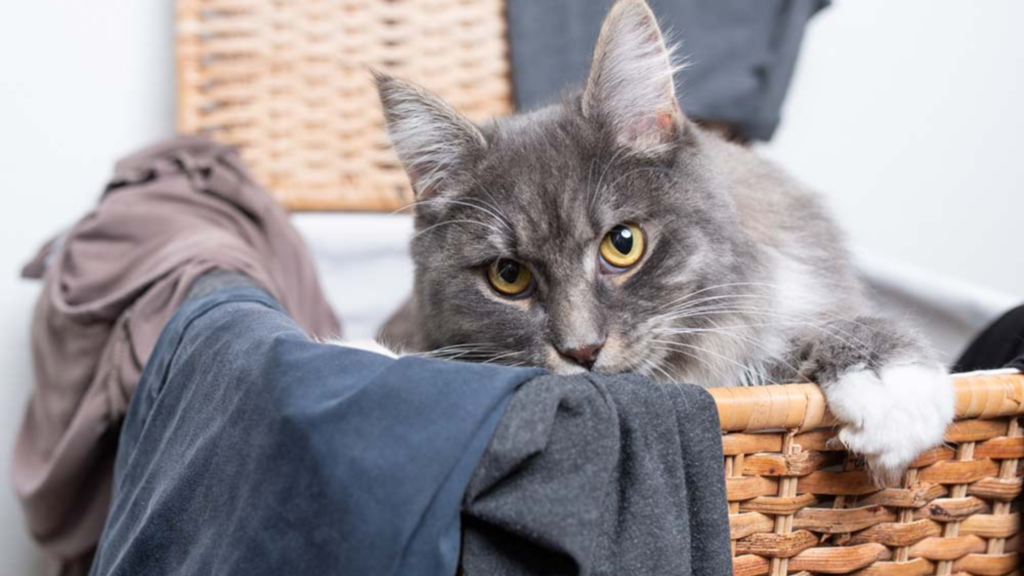
Why Does My Cat Pee On My Clothes
If you’re a cat owner, you’ve likely encountered the perplexing issue of finding your beloved feline friend relieving themselves on your clothes. While it can be frustrating and confusing, rest assured that there are reasons behind this behavior, and steps you can take to address and prevent it. In this comprehensive guide, we’ll delve into the common reasons why cats pee on clothes and provide you with practical strategies to put an end to this undesirable habit.
Unraveling the Mystery: Common Reasons for Cat Peeing on Clothes
Territorial Marking:
Cats are inherently territorial creatures, and one way they establish their presence is through scent marking. If you have multiple cats or have recently introduced a new pet into your home, your feline friend might be using your clothes as a means of marking their territory.
Underlying Medical Issues:
Sometimes, there’s more than behavioral reasons at play. Underlying medical conditions like urinary tract infections, kidney problems, or diabetes can cause discomfort and lead to inappropriate urination. It’s crucial to consult your veterinarian to rule out any health concerns.
Litter Box Woes:
A cat’s pickiness extends beyond their food – it includes their bathroom habits too. If your cat’s litter box is not up to their standards – be it cleanliness, type of litter, or location – they might seek alternative spots, like your clothes, to do their business.
Stress and Anxiety:
Cats possess a keen sensitivity to environmental changes, which can lead to heightened stress and anxiety. Moving to a new home, changes in routine, or the presence of unfamiliar people or animals can induce anxiety, leading your cat to urinate on your clothes as a coping mechanism.

Practical Steps to Put an End to Clothes-Peeing Woes
Step 1: Consult the Veterinarian:
Before jumping to conclusions, it’s essential to rule out any underlying medical conditions. Schedule a visit to the vet for a thorough checkup, including urinalysis, to ensure your cat’s health is in top shape.
Step 2: Optimize the Litter Box Setup:
Create a litter box haven for your feline companion. Strategically position several litter boxes in tranquil and easily reachable spots within your home. Test various litter options to discover your cat’s preferred choice. Regularly clean the litter boxes to maintain hygiene.
Step 3: Engage in Play and Enrichment:
Reduce stress through play. Engage your cat in regular play sessions using toys that stimulate their hunting instincts. A mentally and physically engaged cat is less likely to resort to stress-induced urination.
Step 4: Minimize Stress Triggers:
Identify and manage stressors in your cat’s environment. Maintain a consistent routine, provide hiding spots, and consider using feline pheromone diffusers to create a calming atmosphere.
Step 5: Positive Reinforcement:
Reward desired behavior. When your cat uses the litter box appropriately, offer treats, affection, or verbal praise. Positive reinforcement encourages repeat behavior.
Conclusion: A Harmonious Home for You and Your Cat
Understanding why your cat pees on your clothes is the first step towards finding a solution. By addressing the root causes and implementing practical strategies, you can create a stress-free environment that promotes proper litter box habits. Remember, patience and persistence are key as you work towards resolving this behavior and fostering a strong, loving bond with your furry companion. Say goodbye to clothes-peeing woes and hello to a happier, healthier relationship with your cat.
